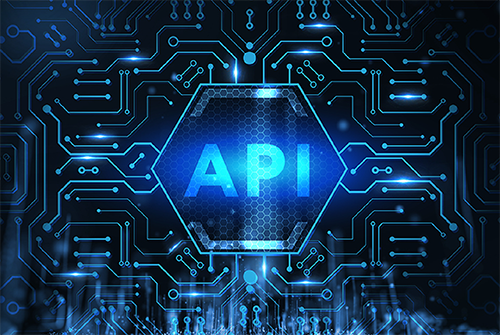Index Surge: Amplifying Your Insights
Stay updated with the latest trends and news across various industries.
API Integration: The Secret Sauce for Seamless Software Harmony
Unlock seamless software harmony! Discover how API integration is the secret sauce your projects need for ultimate success.
Understanding API Integration: Key Benefits for Your Business
Understanding API integration is crucial for businesses looking to streamline their operations and enhance connectivity between different software systems. By integrating APIs (Application Programming Interfaces), companies can automate workflows, reduce manual data entry, and create a more cohesive technology ecosystem. This not only increases efficiency but also allows for real-time data exchange, enabling businesses to make informed decisions quickly. The ability to connect applications seamlessly can lead to improved customer experiences, as businesses can provide faster service and more personalized interactions.
One of the key benefits of API integration is its potential for scalability. As businesses grow, they often need to adopt new tools and technologies to manage increased demands. APIs allow for easy integration of these new systems without the need for significant overhauls to existing infrastructure. Additionally, leveraging third-party services through APIs can help businesses stay competitive by accessing advanced functionalities without extensive development costs. In summary, embracing API integration can lead to improved operational efficiency, enhanced customer satisfaction, and greater agility in responding to market changes.

Top 5 Common API Integration Challenges and How to Overcome Them
Integrating APIs can be a complex task, and there are several common API integration challenges that developers often face. One of the biggest hurdles is dealing with inconsistent data formats. Each API may return data in different formats such as JSON, XML, or even plain text, which can lead to confusion and errors. To overcome this challenge, developers should implement a data transformation layer that standardizes the incoming data into a uniform format, making it easier to manage and manipulate.
Another prevalent challenge is authentication and security. APIs often require various forms of authentication, such as OAuth tokens or API keys, which can complicate integration efforts. To tackle this issue, it is crucial to adhere to best practices for securing API interactions, such as utilizing secure storage for credentials and routinely updating security protocols. Furthermore, regular audits of API access rights will help ensure that your application remains secure while effectively utilizing the API services.
How API Integration Can Enhance Your Software Ecosystem
API integration is a vital component in today's software landscape, allowing disparate systems to communicate and work together seamlessly. By enabling applications to share data and functionalities, API integration creates a cohesive software ecosystem that enhances operational efficiency. For instance, businesses can automate workflows by connecting their Customer Relationship Management (CRM) tools with marketing platforms. This not only reduces manual data entry but also enhances the accuracy of customer insights, leading to more informed decision-making.
Furthermore, the ability to scale and adapt is a significant advantage of API integration. As your business grows, integrating new software solutions becomes effortless, allowing for a customized approach that meets specific needs. This flexibility enables organizations to pivot quickly in response to market changes or consumer demands. In addition, leveraging third-party APIs can greatly extend your software's capabilities, adding features like payment processing or messaging services without the need for heavy development resources. Thus, API integration not only facilitates immediate improvements but also lays the groundwork for long-term innovation.